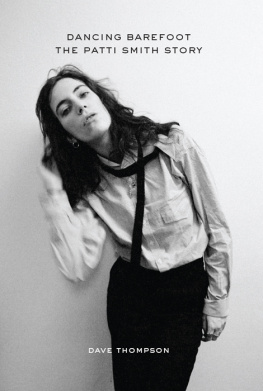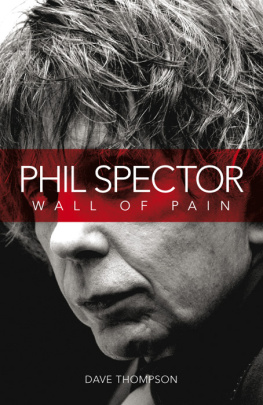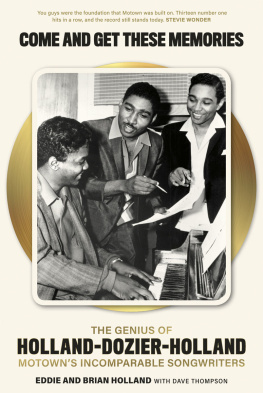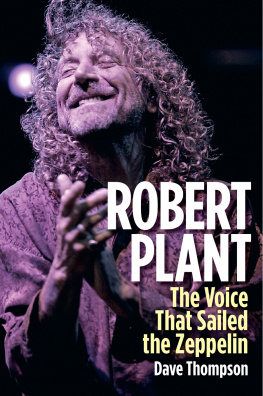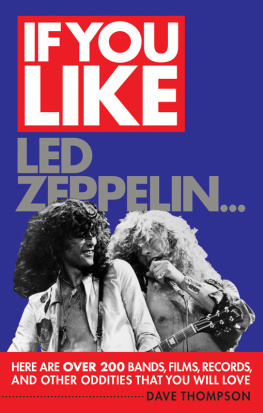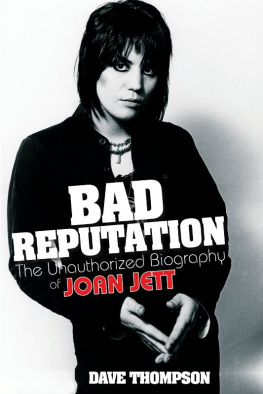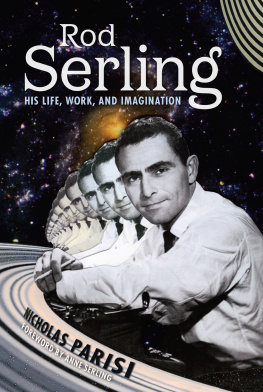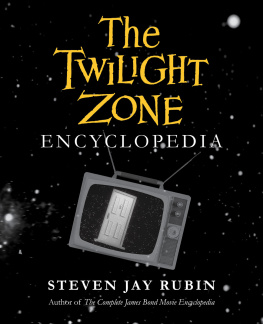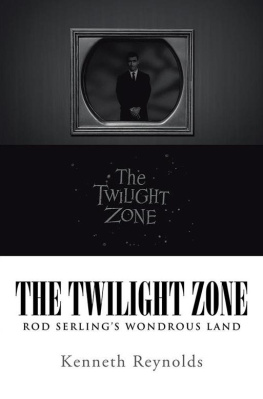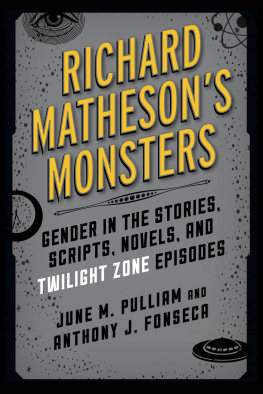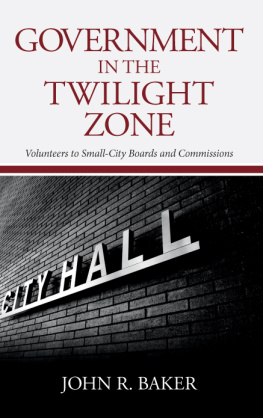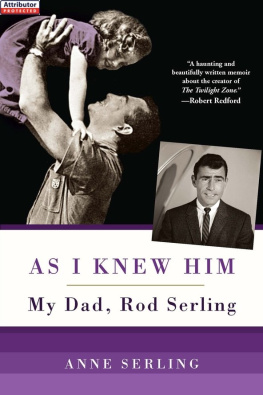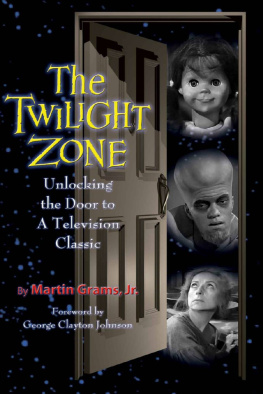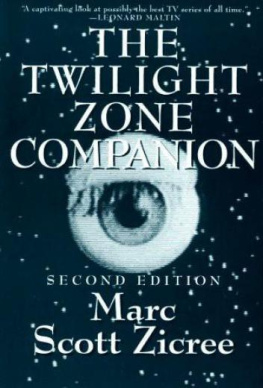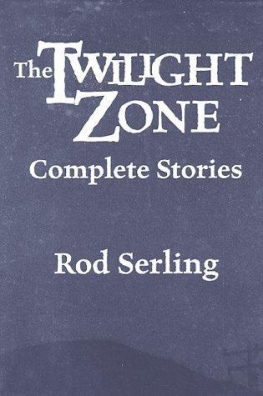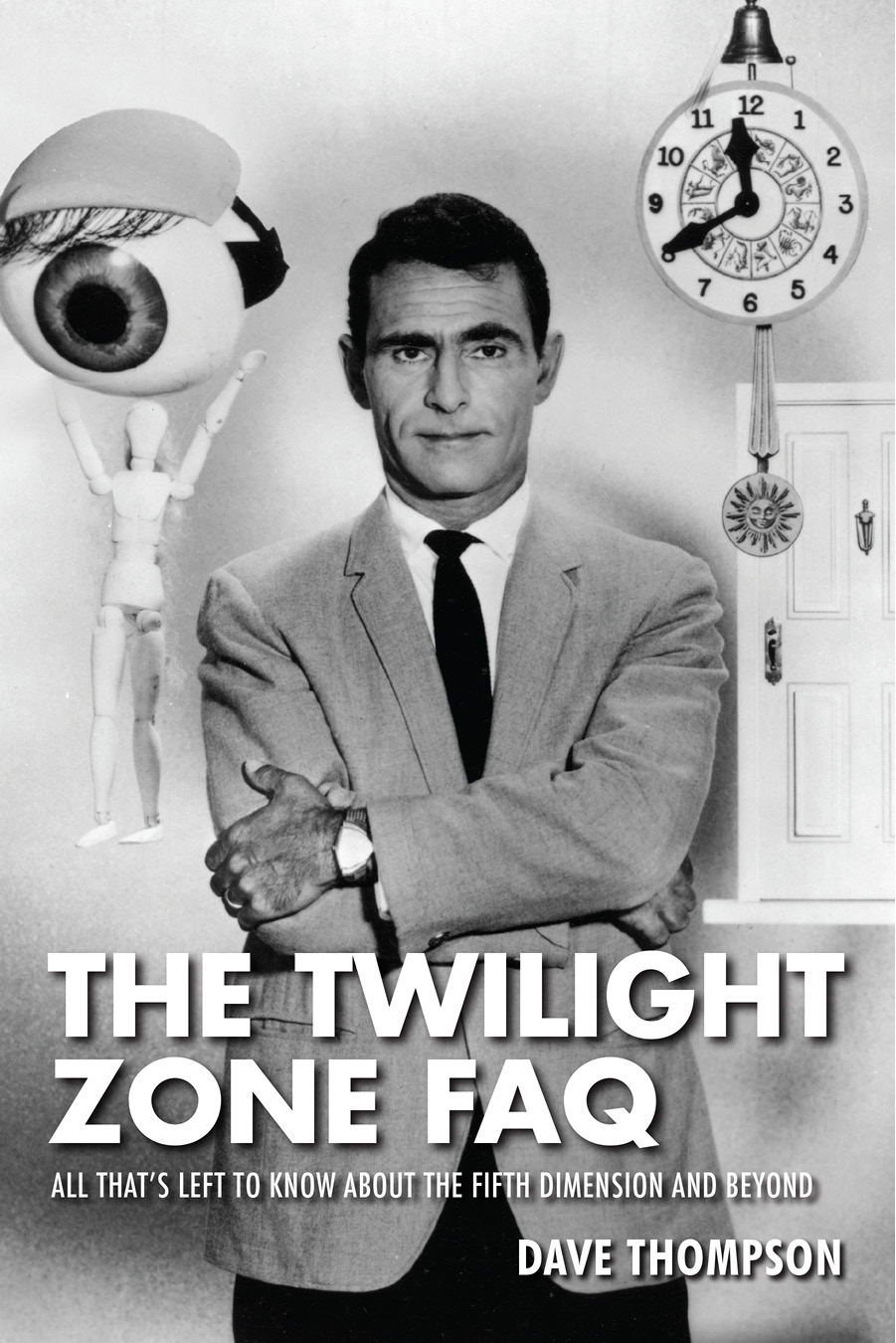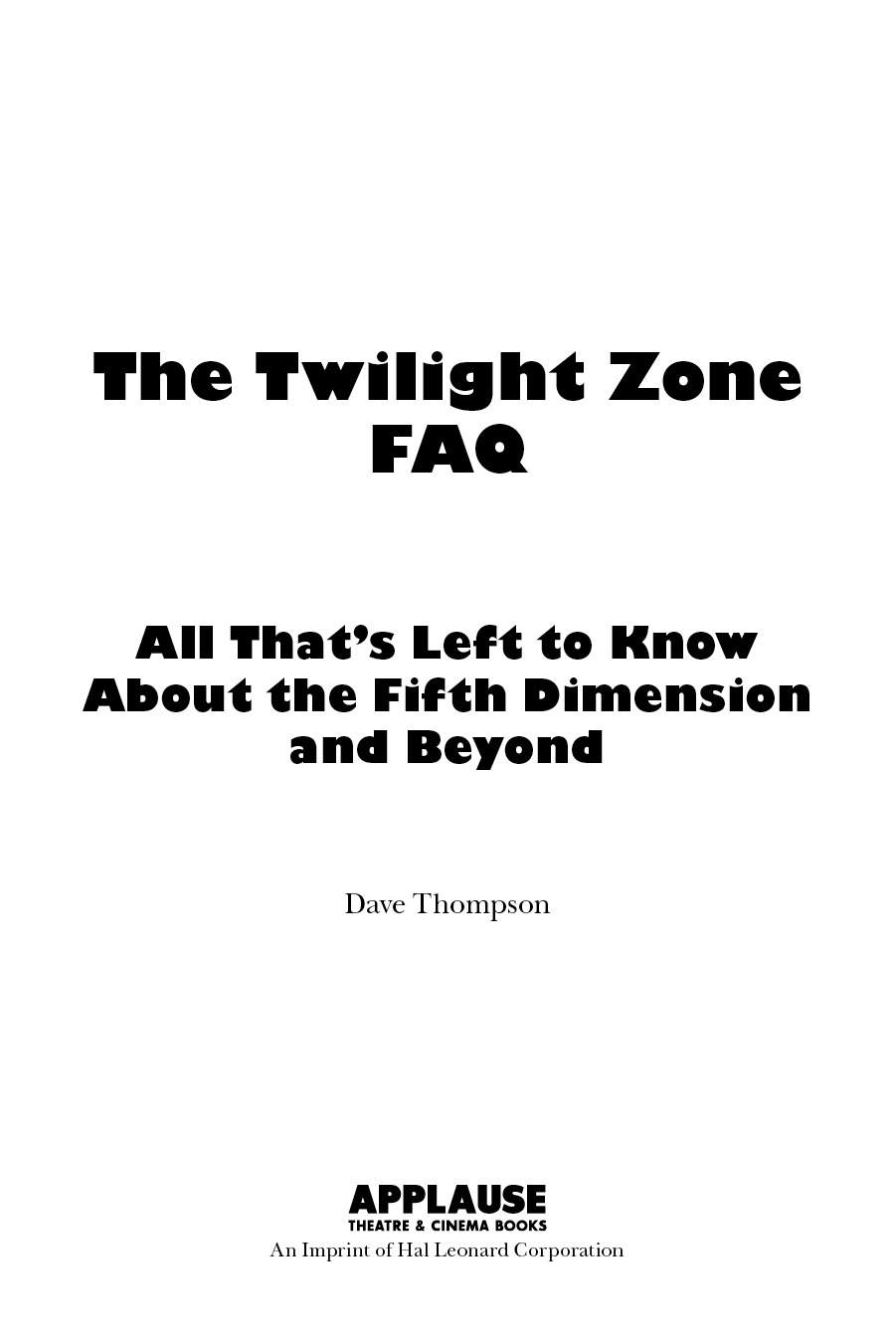Copyright 2015 by Dave Thompson
All rights reserved. No part of this book may be reproduced in any form, without written permission, except by a newspaper or magazine reviewer who wishes to quote brief passages in connection with a review.
Published in 2015 by Applause Theatre & Cinema Books
An Imprint of Hal Leonard Corporation
7777 West Bluemound Road
Milwaukee, WI 53213
Trade Book Division Editorial Offices
33 Plymouth St., Montclair, NJ 07042
Permissions for photographs can be found on page 373, which constitutes an extension of this copyright page.
The FAQ series was conceived by Robert Rodriguez and developed with Stuart Shea.
Printed in the United States of America
Book design by Snow Creative Services
Library of Congress Cataloging-in-Publication Data
Names: Thompson, Dave.
Title: The Twilight zone FAQ : all thats left to know about the fifth dimension and beyond / Dave Thompson.
Description: Milwaukee, Wisconsin : Applause Theatre & Cinema Books, an imprint of Hal Leonard Corporation, 2015. | Includes bibliographical references and index.
Identifiers: LCCN 2015037710 | ISBN 9781480396180 (pbk.)
Subjects: LCSH: Twilight zone (Television program : 19591964)Miscellanea.
Classification: LCC PN1992.77.T87 T48 2015 | DDC 791.45/72dc23
LC record available at http://lccn.loc.gov/2015037710
www.applausebooks.com
To Sherrill Chidiac (19422005): Youd have liked this one!
Contents
First and foremost, a fleet of flying saucers full of thanks to all the family and friends who passed through time and space to tell me their favorite moments of The Twilight Zone television. Even those who, as we will discover elsewhere, have never watched an episode but still know the one about the gremlin. Who, according to William Shatner, was actually a Czechoslovakian acrobat in a furry suit. Cool.
Especial thanks to Amy Hanson; Chrissie Bentley; Jo-Ann Greene; everyone at Captain Blue Hen in Newark; Chloe Mortenson; and anyone else who received a frantic text, asking, Do you remember the one where... ?
To all at FAQ Central Headquarters, but most especially John Cerullo, Marybeth Keating, Wes Seeley, Jessica Burr, and Gary Morris; to Karen and Todd; Linda and Larry; Betsy, Steve and family; Jen; Dave and Sue; Tim Smith; Gaye Black; Oliver, Trevor, Toby; Barb East; Bateerz and family; the gremlins who live in the heat pump; and to John the Superstar, the demon of the dry well.
Other people should be mentioned, Im sure.
Youll find them filed under Sorry, I forgot... in the twilight zone.
Introduction:
Into the Zone
Considering just how all-pervading a hold that The Twilight Zone exerts over modern popular culture... and has exerted, for as long as many people can recall... it is instructive to look back at what it actually was.
A prime-time network television series that ran for just five seasons, more than half a century ago.
It was shot in black-and-white; the majority of the episodes were just thirty minutes long inclusive of commercials ; andconsidering how much of the show was rooted in sci-fi or fantasy concernsthe special effects were next to negligible.
Yes, it drew both inspiration and story lines from some of the most gifted writers in those fields: Charles Beaumont, Robert A. Heinlein, Richard Matheson, Earl Hamner Jr. and Ray Bradbury among them. But how often does the simple process of adapting a story for a television show succeed in stripping away any hint of quality or genius that established the original as worthy of adaptation in the first place? And, though each episode was littered with grandstanding guest stars, how often is that a guarantee of quality, either?
Particularly when that television show is, again, thirty minutes of prime-time black-and-white flicker, conceived in an age when sitcom married couples still slept in single beds, when cinematic aliens were generally badly disguised Communist bogeymen and computers were room-sized behemoths fired by magnetic tape, Talking Clock voices and spools the size of wagon wheels.
In terms of anything that even remotely represents what a modern audience would regard as watchable thrills and chills, The Twilight Zone is to the mid-2010s what J. Hartley Mannerss 1910 comedy Girl in Waiting was to audiences of 1960; a half-remembered, fifty-year-old flash in a now very rusty, vintage pan.
Yet it has survived. More than that, it has triumphed. Today, as much as ever before, The Twilight Zone is one of the yardsticks by which great television of all eras is measured; a rare (some might even say unique) example of what happens when all of the necessary stars aligngreat writing, great scripting, great casting, great direction, of course.
But alsoa great premise, great promotion, great time slot, great theme music. Fill a room, or a convention hall, with a hundred different Twilight Zone fans, and ask each one to nominate a single quality that has assured the shows continued glory. You will probably receive a hundred different responses.
Rod Serling, The Twilight Zone s indefatigable creator and show-runner (to conjure that thoroughly modern, and utterly hateful, term for the job he undertook), described his dream child thus, in a TV Guide interview published as the series made its debut in 1959.
Heres what The Twilight Zone is: Its an anthology series, half-hour in length, that delves into the odd, the bizarre, the unexpected. It probes into the dimension of imagination but with a concern for taste and for an adult audience too long considered to have I.Q.s in negative figures.
The Twilight Zone is what it implies: that shadowy area of the almost-but-not-quite; the unbelievable told in terms that can be believed. It would not, on the other hand, be a monster rally or a spook show. There will be nothing formulad [ sic ] in it, nothing telegraphed, nothing so nostalgically familiar that an audience can usually join actors in duets.
And it was for that audience to add all the other descriptions.
This book does not intend adding its own voice to that particular chorus. If you agree with any of Serlings observations, you already know why you are reading this bookand if you havent answered it, then The Twilight Zone FAQ will hopefully set you on your way to formulating an opinion, for the inevitable moment when you are expected to have one. Which could be at a convention, could be at the movies, could be in a book store, a comic store, in any of myriad places that have been illuminated by The Twilight Zone.
For, although it certainly started life as a television show, it was never going to be limited to the cathode screen alone. As early as July 1958that is, before even a pilot episode had been shot, while negotiations with the network were still ongoingthe Boyd Specialty Company of Columbus, Ohio, was writing to Rod Serling to ask whether he was interested in cross-marketing a game they were in the process of creating, called Twilight Zone.
He turned them down, sensibly pointing out that it was far too early to be thinking of such spin-offs. But, soon enough, there would be a board game adapted from the television series, courtesy of the Ideal Toy Corporation. There would be novels and comic books, movies and video games. Audio books and television remakes. DVD box sets, CDs and toys. Disneyland rides. Action figures. You may not require a Talky Tina Bobble Head that threatens to kill you, but someone does, and theres one out there for them. Theres a gremlin, too, which looks a lot like Kim Fowley; a Kanamit and a Mystic Seer. Come on, admit it. You want them all.


